



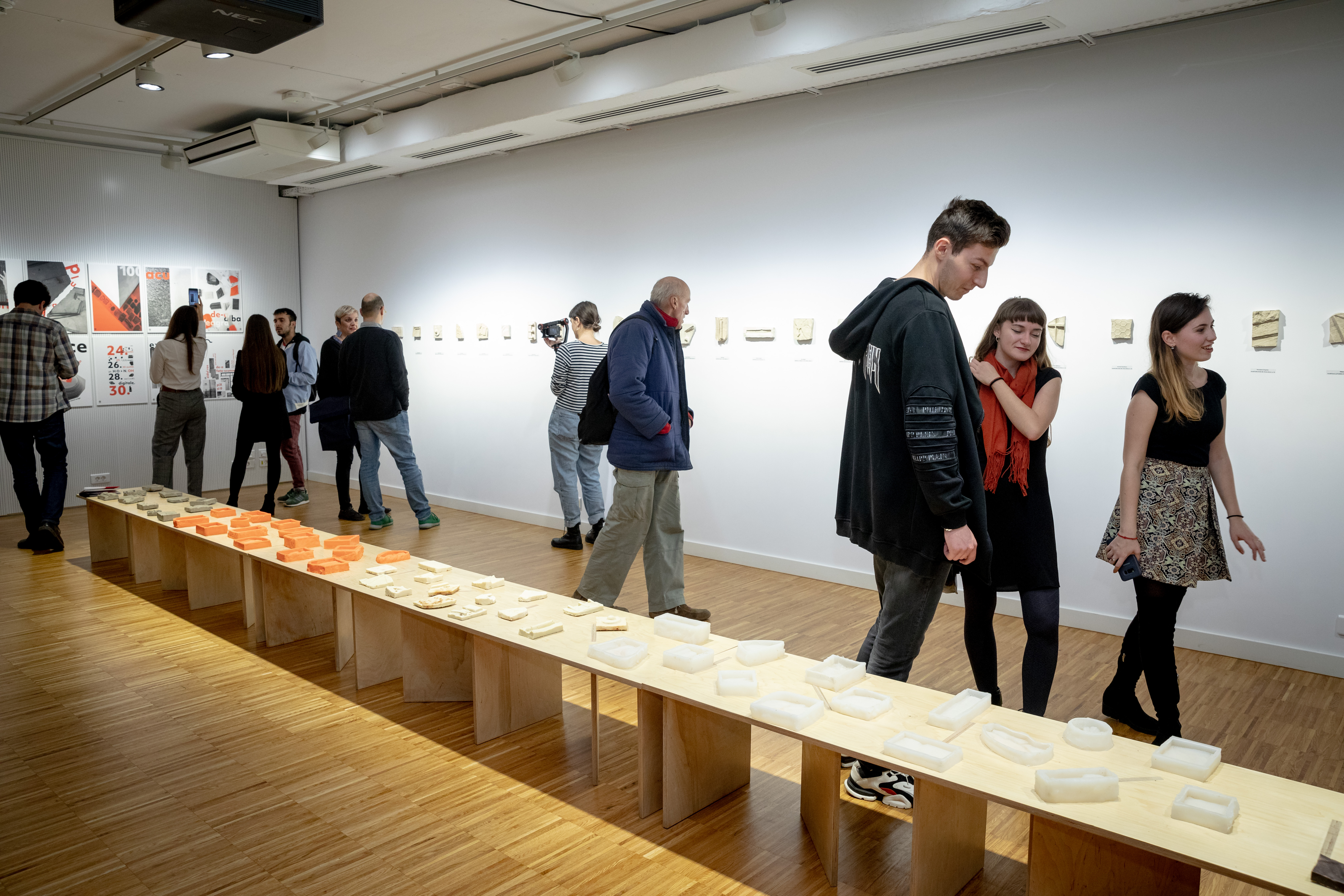

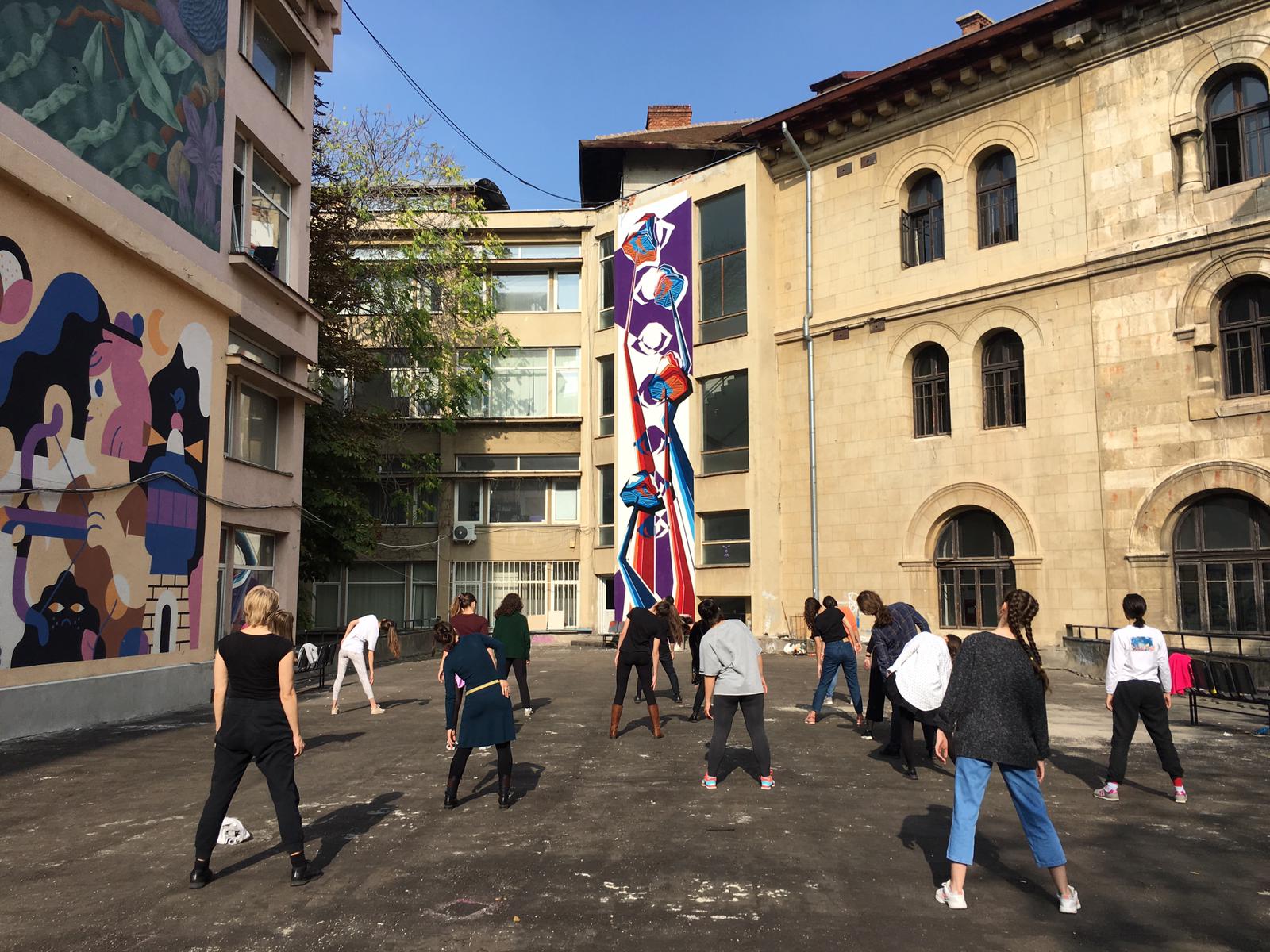
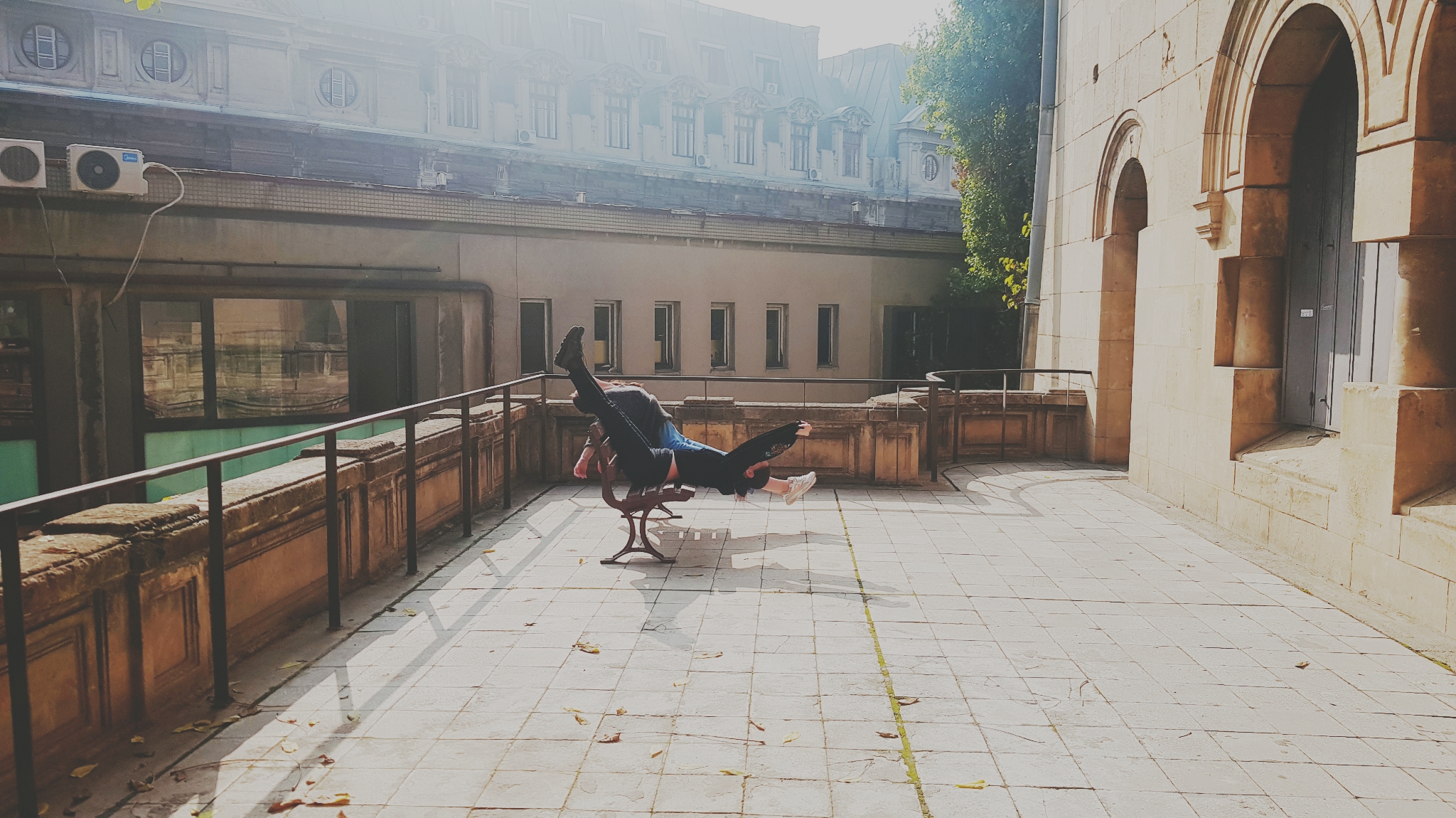
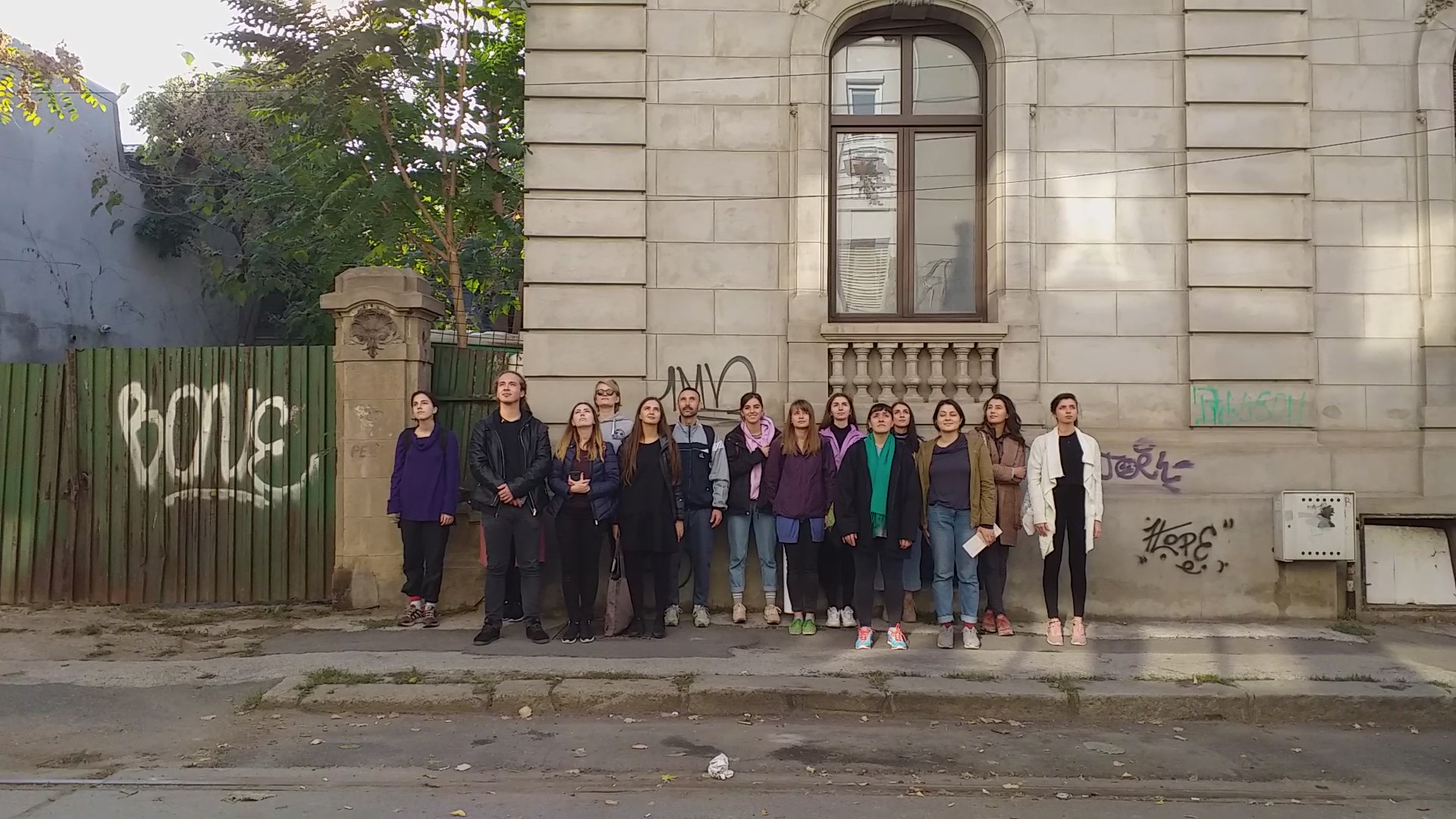
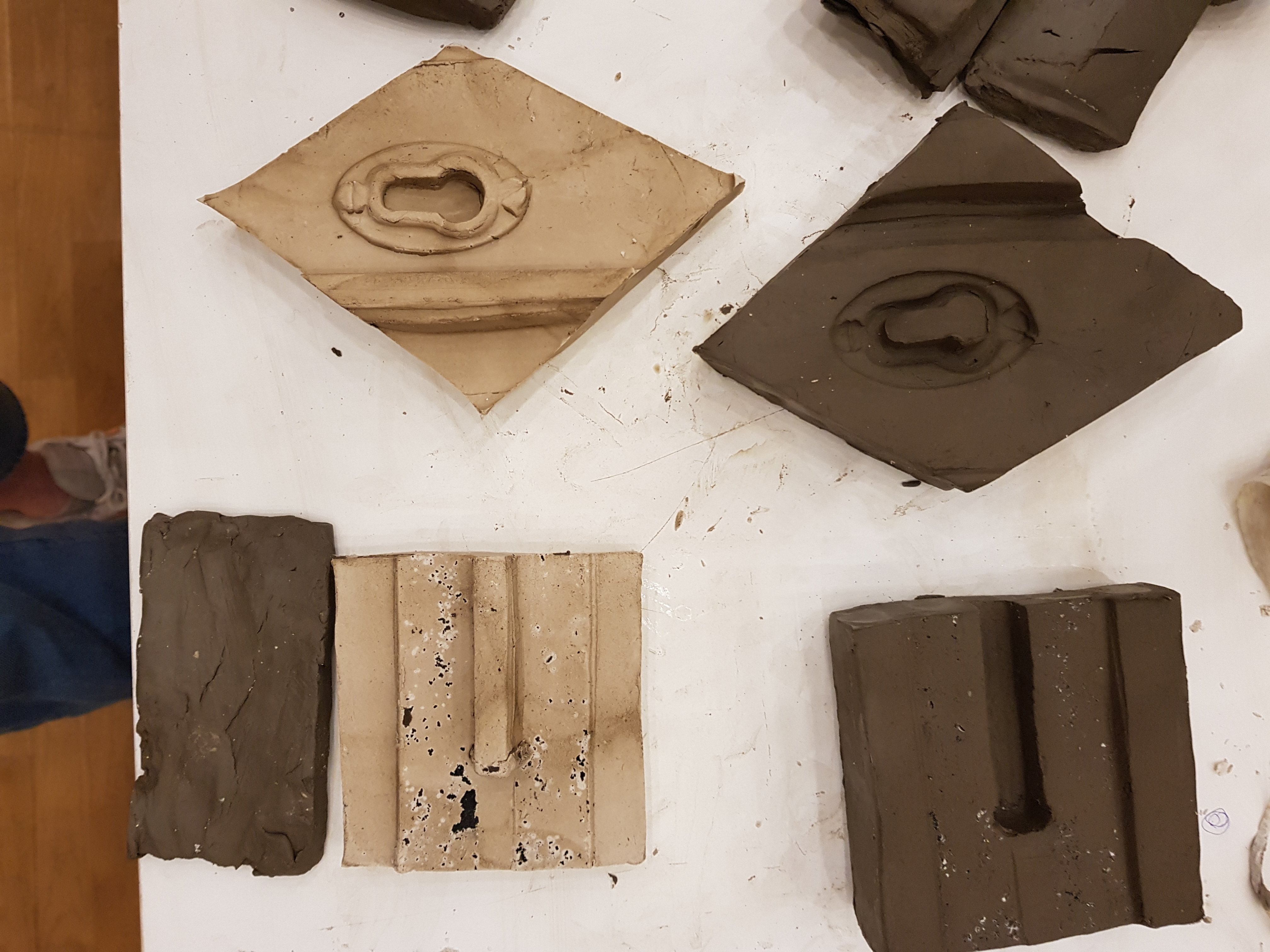

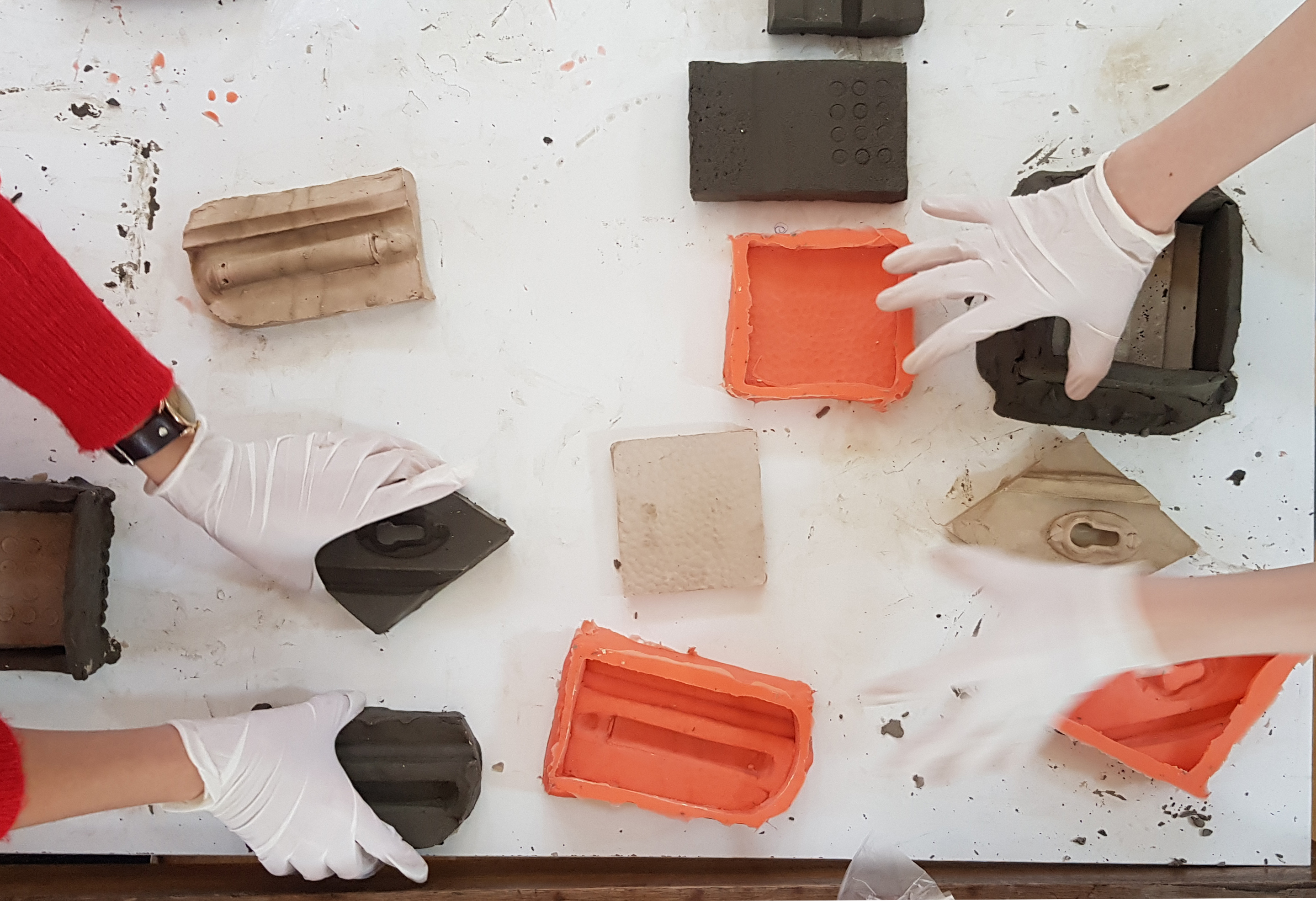

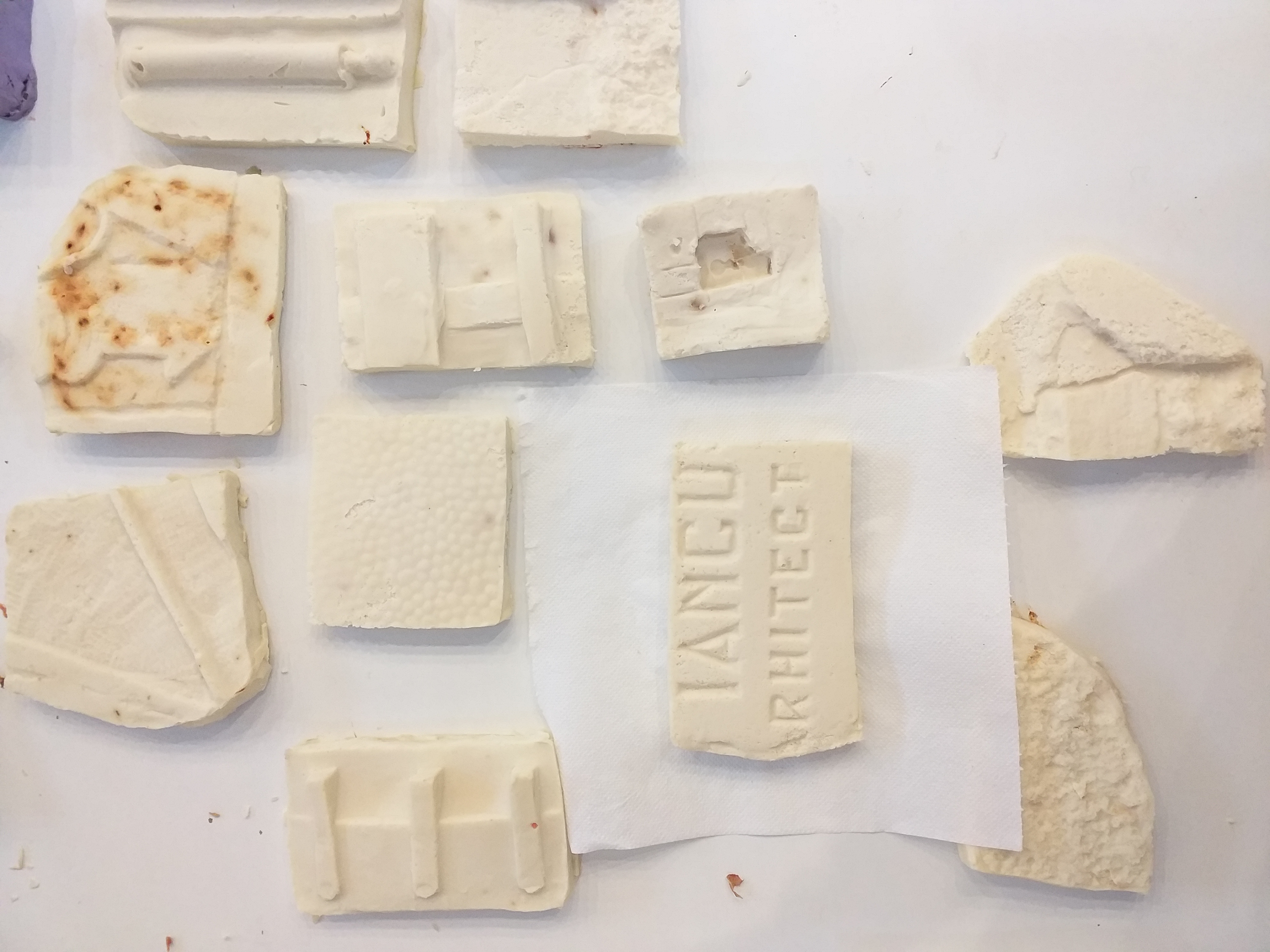

BAUBAU WORKSHOP
2019
Bucharest, Romania
status: completed
team: Anca Cioarec, Brîndușa Tudor, Ștefan Ghenciulescu, Farid Fairuz, Kristin Wenzel, Radu Manelici
organisers: Goethe-Institut, Zeppelin, Stardust Architects
tutors: Farid Fairuz, Kristin Wenzel, Radu Manelici
participants: Vlad Acozmulesei, Oana Maria Anghel, Roxana Bărbulescu, Lavinia Călinescu, Cristiana Comănici, Gabriela Cozma, Daria Frunză, Georgiana Gogolan, Silvia Guguloi, Rebeca Mănescu, Silvia Niculae, Antonia Panaitescu, Ștefania Sava, Tania Sicoe, Claudiu Zidărescu
photocredits: Goethe-Institut/ Mihai Covrig + the participants
The workshop is part of the BAUBAU – BAUHAUS 100 BUCUREȘTI program.
We talk about the Bauhaus and the Romanian modernism starting from two big themes: Bauhaus as a living legacy and the modernist heritage (in Romania).
It is organized by the Goethe-Institut, Zeppelin and Stardust Architects and it brings together 15 students from the faculties of architecture and art and three tutors: the performer FaridFairuz, the artist Kristin Wenzel and the graphic designer Radu Manelici. It’s hapenning during one week in one of the studios of the ’Ion Mincu’ University, where the coordinators and students meet daily, and it crosses several medias and disciplines.
The workshop is a framework for investigation. What did the Bauhaus school mean and what does it mean today? What can we borrow, recover, reintegrate, reinvent? We ask the question and we don't rush for an answer. We give ourselves time to continue asking and reformulating our questions today, one hundred years later in the architecture school in Bucharest.
We look closely at the influences of modernism in the local architecture, towards a neglected heritage in an accelerated state of degradation. How should we look at it and how should we learn to care? Playfully and a little bit scared, we confront the Baubau of the modernist heritage! We propose a narrative thread: to explore the buildings near the Architecture University designed by Marcel Iancu, architect, painter, essayist.
We let ourselves discover new working tools. We start with the body. We become aware of a vertical axis that extends the spine, vertebra by vertebra. We pay attention to the others, we move faster and faster, and we write down everything we think about the Bauhaus. Then we close our eyes and we open our other senses, we let ourselves be guided and we learn to trust. We reach Hristo Botev number 34 and there, on the corner of the Solly Gold building, we read. We continue. For two days we move, we expand and we let ourselves available. We feel the space with the body. We interact, we react. We build dialogues between the built body and our own body. We empathize.
Then we look closer and closer. We look for details, for certain textures and curves or maybe for some missing finishes.
We look at accidents, at broken corners and we take building pieces in pieces of clay. We play with presence and absence and we make two silicone molds. One day we prepare our own soap. We add pigments, essential oils and flower petals and we pour it into the molds. In thirty days we will bring it inthe bathrooms of the University of Architecture. Then we learn how to make chocolate.
We obtain details of iron works, plaster textures and a plate with "letters" of dense chocolate. We taste it. We consume the details. We feel the textures differently, with another sense.
And we narrate it graphically. We collect images,we select them. We formulate texts, we synthesize, we outline a message in two. In two days of graphic design module, two students think of two posters. We learn to tell stories together.
2019
Bucharest, Romania
status: completed
team: Anca Cioarec, Brîndușa Tudor, Ștefan Ghenciulescu, Farid Fairuz, Kristin Wenzel, Radu Manelici
organisers: Goethe-Institut, Zeppelin, Stardust Architects
tutors: Farid Fairuz, Kristin Wenzel, Radu Manelici
participants: Vlad Acozmulesei, Oana Maria Anghel, Roxana Bărbulescu, Lavinia Călinescu, Cristiana Comănici, Gabriela Cozma, Daria Frunză, Georgiana Gogolan, Silvia Guguloi, Rebeca Mănescu, Silvia Niculae, Antonia Panaitescu, Ștefania Sava, Tania Sicoe, Claudiu Zidărescu
photocredits: Goethe-Institut/ Mihai Covrig + the participants
The workshop is part of the BAUBAU – BAUHAUS 100 BUCUREȘTI program.
We talk about the Bauhaus and the Romanian modernism starting from two big themes: Bauhaus as a living legacy and the modernist heritage (in Romania).
It is organized by the Goethe-Institut, Zeppelin and Stardust Architects and it brings together 15 students from the faculties of architecture and art and three tutors: the performer FaridFairuz, the artist Kristin Wenzel and the graphic designer Radu Manelici. It’s hapenning during one week in one of the studios of the ’Ion Mincu’ University, where the coordinators and students meet daily, and it crosses several medias and disciplines.
The workshop is a framework for investigation. What did the Bauhaus school mean and what does it mean today? What can we borrow, recover, reintegrate, reinvent? We ask the question and we don't rush for an answer. We give ourselves time to continue asking and reformulating our questions today, one hundred years later in the architecture school in Bucharest.
We look closely at the influences of modernism in the local architecture, towards a neglected heritage in an accelerated state of degradation. How should we look at it and how should we learn to care? Playfully and a little bit scared, we confront the Baubau of the modernist heritage! We propose a narrative thread: to explore the buildings near the Architecture University designed by Marcel Iancu, architect, painter, essayist.
We let ourselves discover new working tools. We start with the body. We become aware of a vertical axis that extends the spine, vertebra by vertebra. We pay attention to the others, we move faster and faster, and we write down everything we think about the Bauhaus. Then we close our eyes and we open our other senses, we let ourselves be guided and we learn to trust. We reach Hristo Botev number 34 and there, on the corner of the Solly Gold building, we read. We continue. For two days we move, we expand and we let ourselves available. We feel the space with the body. We interact, we react. We build dialogues between the built body and our own body. We empathize.
Then we look closer and closer. We look for details, for certain textures and curves or maybe for some missing finishes.
We look at accidents, at broken corners and we take building pieces in pieces of clay. We play with presence and absence and we make two silicone molds. One day we prepare our own soap. We add pigments, essential oils and flower petals and we pour it into the molds. In thirty days we will bring it inthe bathrooms of the University of Architecture. Then we learn how to make chocolate.
We obtain details of iron works, plaster textures and a plate with "letters" of dense chocolate. We taste it. We consume the details. We feel the textures differently, with another sense.
And we narrate it graphically. We collect images,we select them. We formulate texts, we synthesize, we outline a message in two. In two days of graphic design module, two students think of two posters. We learn to tell stories together.